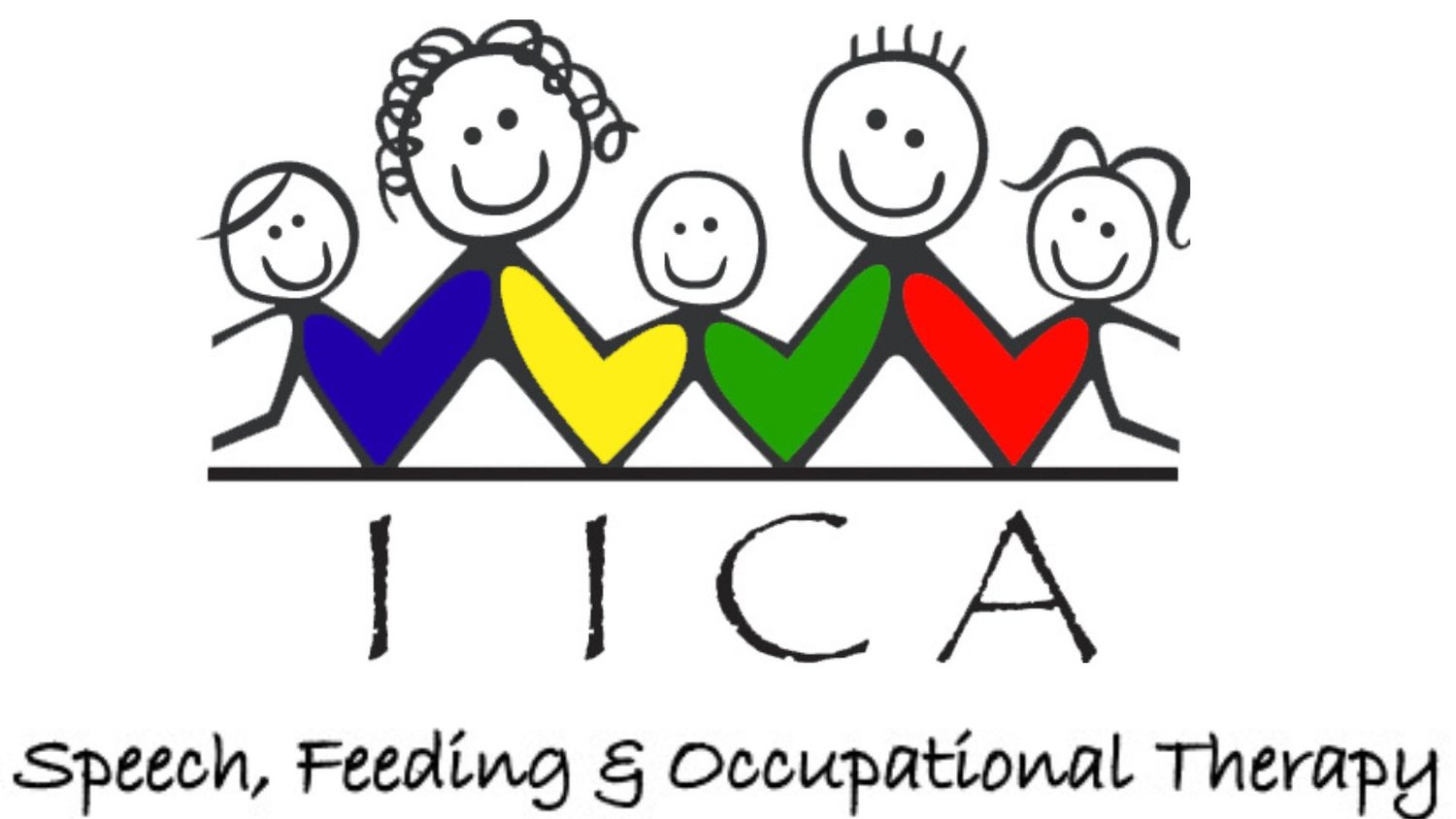Adult Occupational Therapy
Adult Occupational Therapy can provide support for the following:
Alzheimer’s Disease
Learn about and plan for possible changes related to dementia.
Address problems with tasks such as bathing, dressing, and cooking
Develop routines and activities they enjoy Improve the ability to adapt to changes in thinking and understand information
Manage medications
Make their home safe and reduce wandering.
Decrease depression and anxiety
Manage pain.
Stay physically and socially active
Musculoskeletal Conditions
Set individualized goals for pain management
Understand what causes chronic painLearn how to monitor and track pain levels throughout the day
Use their bodies effectively and without pain
Design workspaces to reduce strain on the body
Learn to relax muscles and calm the mind Pace activities to reduce fatigue
Treat flare ups and control pain levels without medication
Plan for future challenges
Recommend tools and equipment to make everyday activities easier
Ask for accommodations at work or school Adopt a healthier lifestyle
Cancer
Set goals for things that are important to people.
Manage pain and lymphedema (swelling)
Reduce or manage fatigue (feeling tired)
Manage symptoms and effects of anxiety and depression
Adapt routines and activities at home and at work
Improve memory, attention, and the ability to manage daily tasks
Design routines that help save physical and mental energy
Improve sleep without medication
Address concerns about sexual intimacy Increase physical activity
Stroke Management
Learn new ways to bathe, dress, and use the toilet
Walk with mobility aids (e.g., cane, walker) in the community
Eat and drink
Evaluate their homes for safety risks Use adaptive equipment to make chores easier
Manage stress and emotions
Learn thinking strategies that help with remembering, planning, and organizing
Do exercises that help with strength, movement, and sensation
Drive safety or use other forms of transportation
Go back to work
Communicate with care partners

